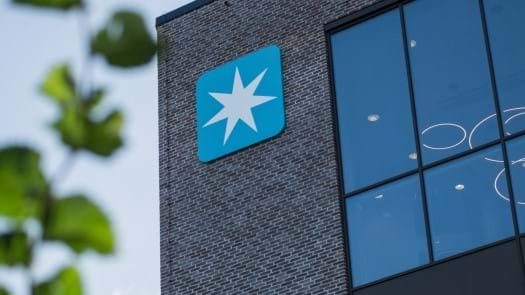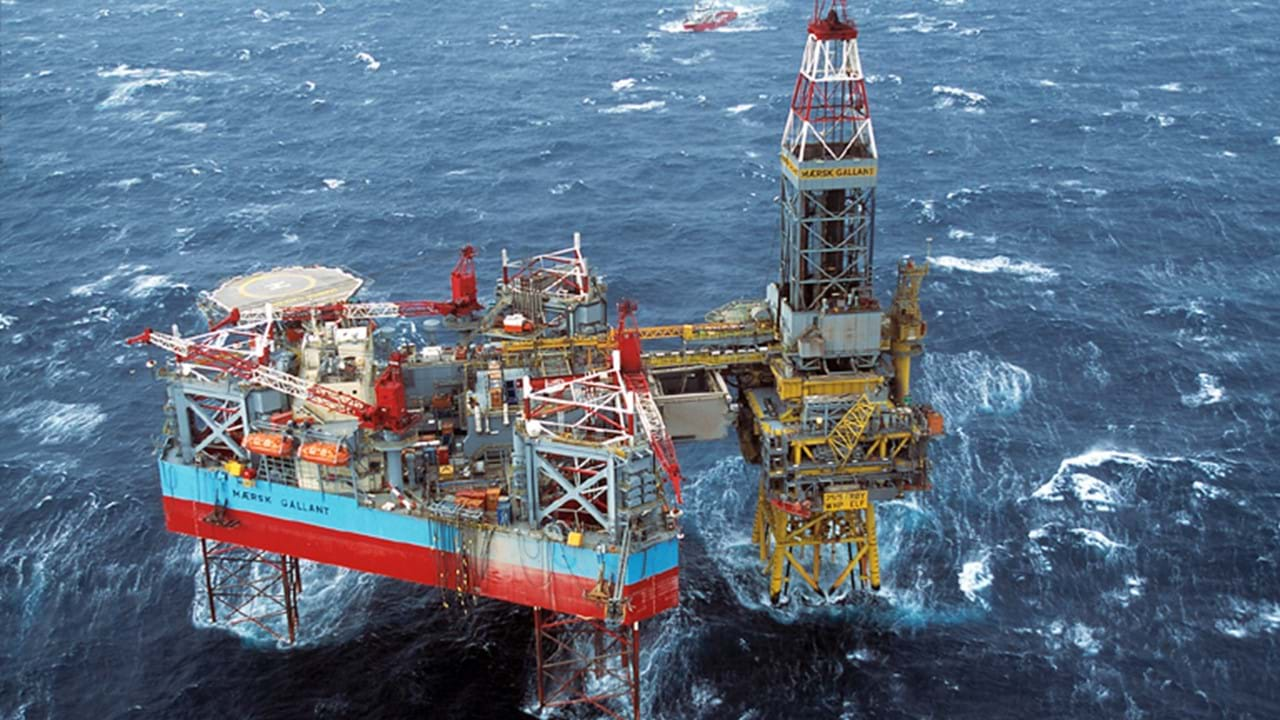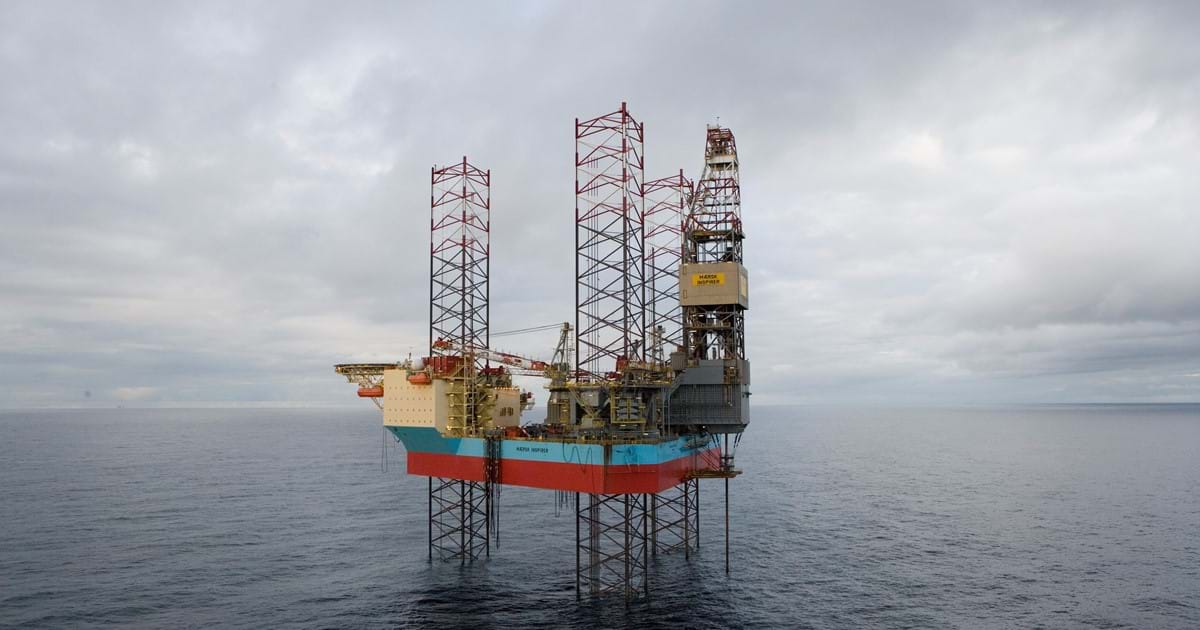(Energy Analytics Institute, 14.Dec.2024) — INEOS, the day to day operator, of ‘Greensand Future’ and its partners, Harbour Energy, and Nordsøfonden announced the final investment decision (FID) to safely and permanently store carbon dioxide (CO2) from Danish emitters in a depleted oil field in the Danish North Sea.
With the aim of initiating storage operations into the INEOS-operated Nini field in the Danish North Sea at the end of 2025 or early-2026, ‘Greensand Future’ will become the EU’s first operational CO2 storage facility intended to mitigate climate change, INEOS announced 14 Dec. 2024 in an official statement.
The FID paves the way for expected investments of over $150m across the Greensand CCS value chain to scale storage capacity.
Highlights:
— A breakthrough in Carbon Capture and Storage (CCS) is announced in Denmark today, as the first full-scale Carbon Storage in the EU becomes a reality – marking a critical step to mitigate climate change by achieving the storage volumes necessary to support Danish and European climate targets.
— Greensand has entered commercial agreements throughout the entire supply chain, from CO2 emitters, to logistics, storage and shipping, backed by the funding necessary to make final injection and permanent storage a reality for Denmark and Europe.
“Greensand Carbon Storage is a far better way to decarbonize Europe than deindustrialize. That just moves the problem elsewhere, doesn’t solve it, and destroys jobs. Our Investment in Greensand helps secure a sustainable future for both the planet and the economy,”INEOS chairman Sir Jim Ratcliffe said in the statement.
“This is a breakthrough for Carbon Capture and Storage. Greensand Future will be the first CO2 storage facility in operation in the EU supporting both Danish and EU’s climate objectives,” Ratcliffe added.
Greensand Future
Greensand Future is a full industrial CCS value chain built on a scalable platform, which allows for the gradual expansion of storage capacity as CO2 volumes increase. It is directly applicable to other onshore and offshore storage projects, contributing to the much-needed global acceleration of CCS deployment, INEOS said in the statement.
Greensand Future aims to safely capture and permanently store 400,000 tonnes of CO2 each year as a start allowing for the gradual expansion of storage capacity towards 2030 as CO2 volumes increase with a potential to store up to 8,000,000 tonnes of CO2 per annum.
The European Commission has estimated that the European Union (EU) will need to establish a carbon storage capacity of 250 million tonnes of CO2 per year by 2040 to achieve the objectives of the Paris Agreement. CCS is also considered a key technology in reaching the Danish 2045 net-zero targets.
The CO2 in the first phase of Greensand Future will be captured and liquified at Danish biomethane production plants, transported to the port of Esbjerg, and then shipped by Royal Wagenborg to the Nini field in the Danish North Sea for safe and permanent storage.
On 18 Mar. 2023, Project Greensand conducted the world’s first cross-border offshore CO2 storage intended to mitigate climate change as His Majesty King Frederik of Denmark officially initiated the first injection of CO2 into the Nini field during the pilot phase of the project.
The results of Project Greensand have been verified by the independent and world-leading provider of risk, verification and standardization services, DNV. The thorough technical verification ensures that the stored CO2 remains safely and permanently in the closed Nini West reservoir 1,800m below the North Sea seabed, as expected.
“It is documented and independently verified that Greensand has a well-functioning storage, where large amounts of CO2 that would otherwise have been emitted into the atmosphere can be stored,” said INEOS Energy Head of Denmark Mads Gade.
____________________
By Editors at Energy Analytics Institute. © Energy Analytics Institute (EAI). All Rights Reserved.



